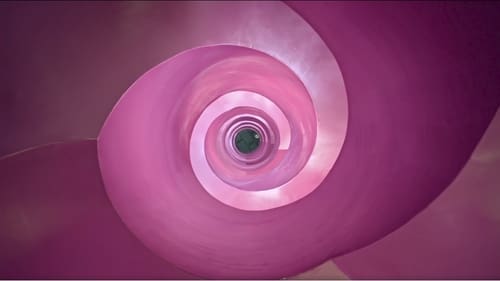
Camera Supervisor

Camera Supervisor

Director of Photography
Artist and filmmaker Julian Rosefeldt creates elaborately staged films that investigate the power of language and the conventions of cinema as an allegory for societal and individual behaviors. With the multi-channel film installation Euphoria he continues this examination by exploring capitalism, colonialism, and the influential effects of unlimited economic growth in society.

Camera Supervisor
Longtime friends Noah and Hakim fall in love with the same woman. Charlotte is a photographer from Bavaria, blonde, blue-eyed, German and Catholic. Noah is Jewish and Hakim is Muslim. The tension between the two friends, the religions and the previously friendly families is thus established.

Director of Photography
Documentation about Christoph Schlingensief's legendary election campaign. With his theater and art actions, as a filmmaker and opera director, Christoph Schlingensief (1960–2010) shaped cultural and political discourse in Germany over two decades. The party “Chance 2000” was Schlingensief's biggest, most public project up to that point. For the 1998 general election Schlingensief organized an “election campaign circus“ in Berlin and founded the party Chance2000. This is an ecstatic piece of political education and a tale of a party’s life and survival.

Cinematography
An edited version of Rosefeldt's installation work of the same name, Manifesto is An outstanding tribute to various (art) manifestos of the nineteenth and twentieth century, ranging from Communism to Dogme, in connection with thirteen different characters, including a homeless man, a factory worker and a corporate CEO, who are all played by Cate Blanchett. A striking humorous audio-visual experience.

Director of Photography
Stunned Man (2004) is the second part of Rosefeldt’s Trilogy of Failure (2004/2005) in which three different settings draw a picture of our vain entanglement with everyday rituals. In each case the protagonist is caught up in a microcosm that suggests mental and spatial claustrophobia. As a reaction to the hopeless situation, he plunges into permanent Sisyphean activity – going nowhere and producing nothing. The motifs of perpetual attempt and constant failure find their equivalent in the repetitive structure of the loop. The scenes are allegories of our frantic and ultimately futile attempts to escape the surrounding norms, constraints, structures and rituals by which we are determined.




